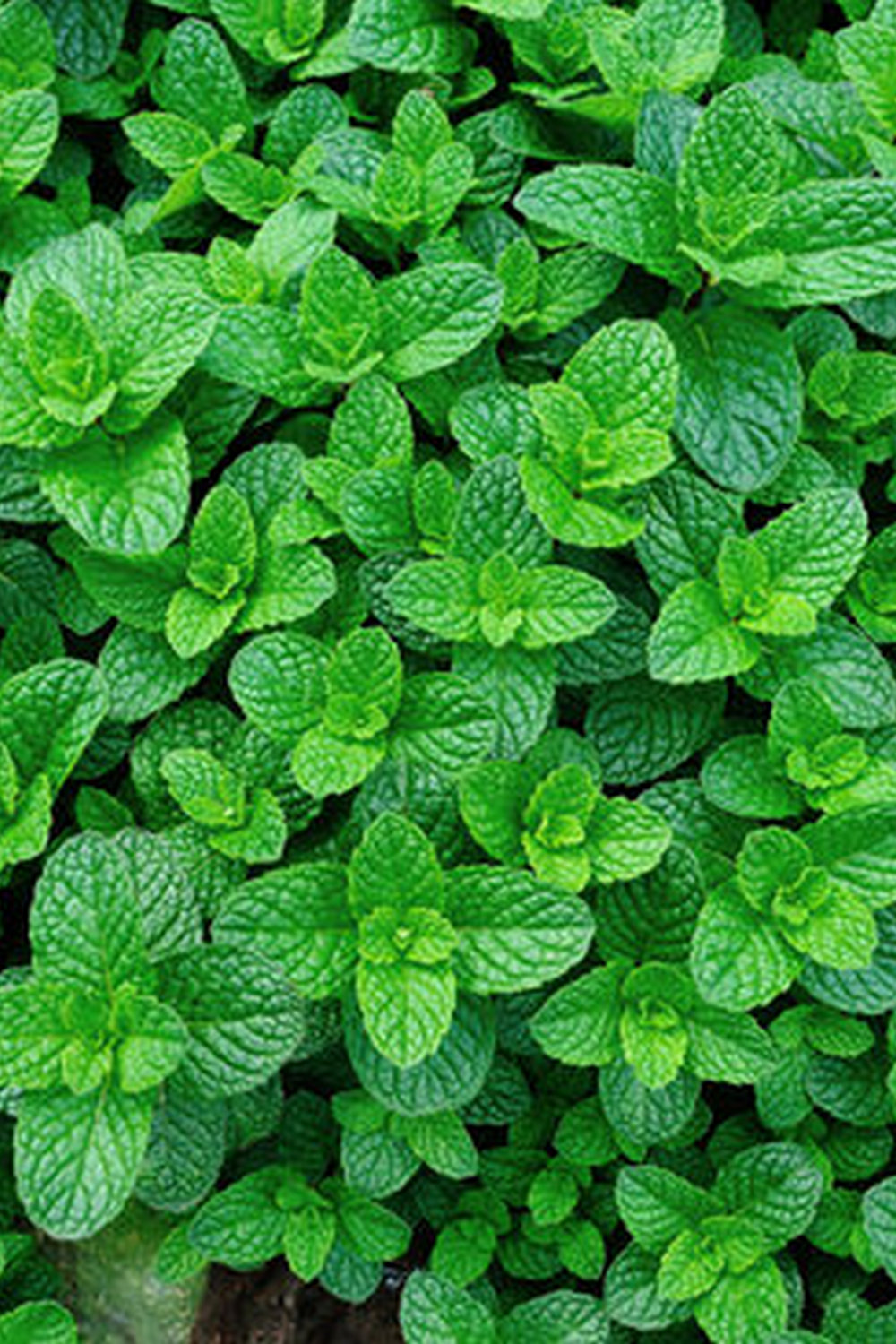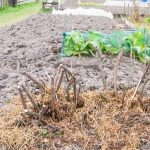Agricultural shade cloth for vegetable gardens is an essential tool for any gardener looking to protect their crops from harsh sunlight. This specialized type of cloth provides shade and protection to plants, helping them thrive in hot and sunny conditions. In this article, we will explore the benefits of agricultural shade cloth, how to choose the right one for your garden, installation tips, maintenance and care, case studies of successful vegetable gardens using shade cloth, and tips for maximizing yield.
Agricultural shade cloth is designed to mimic the natural shading effects of trees or other structures without obstructing airflow or compromising the health of the plants. By providing filtered sunlight and reducing the intensity of UV rays, it helps prevent sunburn in vegetables while also creating a more comfortable environment for them to grow. Additionally, it can protect delicate plants from extreme heat and reduce water evaporation from the soil.
In the following sections, we will delve deeper into understanding the benefits of agricultural shade cloth for vegetable gardens and how it can contribute to a successful and bountiful harvest. We will also provide practical advice on selecting the right shade cloth for your specific garden needs and offer valuable tips on installation, maintenance, care, and maximizing yield.
Whether you are a seasoned gardener or just starting out, this article will equip you with all the necessary information to make the most of agricultural shade cloth in your vegetable garden.
Understanding the Benefits of Agricultural Shade Cloth for Vegetable Gardens
Agricultural shade cloth for vegetable gardens provides numerous benefits that can help gardeners achieve successful and bountiful harvests. The primary purpose of using shade cloth in vegetable gardens is to protect crops from excessive sunlight, heat, and other environmental stressors. This can be especially beneficial in hot climates or during the peak of summer when intense sun exposure can damage delicate plants.
One of the key advantages of agricultural shade cloth is its ability to regulate temperature and create a more favorable microclimate for vegetables. By reducing the amount of direct sunlight that reaches the plants, shade cloth helps to prevent heat stress and sunburn, which can negatively impact growth and yield. Additionally, some types of shade cloth are designed to allow a certain percentage of light to penetrate, ensuring that plants still receive an adequate amount of sunlight for photosynthesis.
In addition to providing protection from harsh weather conditions, agricultural shade cloth also offers a degree of pest control. Insect pests such as aphids, whiteflies, and mites are less likely to infest shaded areas, reducing the need for chemical pesticides and minimizing damage to the vegetable crops.
Furthermore, the use of shade cloth can help mitigate wind damage by acting as a barrier against strong gusts, preventing plants from being broken or uprooted. Overall, incorporating agricultural shade cloth into vegetable gardens contributes to healthier and more robust crops.
| Benefits | Explanation |
|---|---|
| Regulates temperature | Creates a favorable microclimate for vegetables by reducing direct sunlight and preventing heat stress. |
| Pest control | Minimizes infestation by insect pests and reduces the need for chemical pesticides. |
| Wind protection | Serves as a barrier against strong winds, preventing plant damage. |
How to Choose the Right Agricultural Shade Cloth for Your Vegetable Garden
When choosing the right agricultural shade cloth for your vegetable garden, it’s important to consider the specific needs of your plants and the environment in which they will be growing. Here are some factors to consider when selecting the appropriate shade cloth for your garden:
1. Shade Percentage: The amount of shade provided by the cloth is crucial to consider. Different vegetables have different preferences when it comes to light exposure, so it’s important to choose a shade cloth with the appropriate percentage for your specific crops. For example, leafy greens like spinach and lettuce may require less shade compared to heat-sensitive plants like tomatoes or peppers.
2. Material: Agricultural shade cloths come in a variety of materials such as polyethylene, knitted fabric, or woven fabric. Each material has its own unique properties in terms of durability, UV protection, and breathability. Consider the climate in your area and the longevity you desire for your shade cloth when making this decision.
3. Size and Installation Method: Determine the size of your garden and how you plan to install the shade cloth before making a purchase. Some options include pre-cut sizes with grommets for easy installation or custom-sized cloths that require more manual labor.
It’s also important to assess any other potential benefits that certain types of agricultural shade cloth may offer, such as pest protection or insulation during extreme weather conditions. By considering these factors and doing thorough research on different options available, you can confidently choose the right agricultural shade cloth for your vegetable garden.
Installation Tips for Agricultural Shade Cloth in Vegetable Gardens
Agricultural shade cloth for vegetable gardens can be a valuable tool in maintaining the health and productivity of your plants. When it comes to installing shade cloth in your vegetable garden, there are a few key tips to keep in mind to ensure that it is done effectively.
First, it is important to choose the right type of shade cloth for your specific needs. Shade cloth comes in different densities, which are measured by a percentage that indicates the amount of sunlight it blocks. For most vegetable gardens, a 40-50% density shade cloth is recommended to provide the ideal balance of light and shade for plant growth.
Once you have selected the appropriate shade cloth, proper installation is crucial for its effectiveness. It should be securely attached to a frame or supports above the vegetable garden using clips, grommets, or other fastening methods. The fabric should be taut and positioned at an adequate height above the plants to allow for air circulation and prevent damage from contact with the cloth.
Regular monitoring and adjustment of the shade cloth may also be necessary to ensure that it continues to provide optimal protection for your vegetable garden. This could involve repositioning the cloth as the angle of the sun changes throughout the season or removing it during periods of extreme weather. Proper care and maintenance will help prolong the life of your agricultural shade cloth and support healthy plant growth throughout the growing season.
| Tip | Description |
|---|---|
| Choose the Right Density | Select a 40-50% density shade cloth for ideal light and shade balance. |
| Secure Installation | Properly attach shade cloth to frame or supports above garden with clips or grommets. |
| Maintenance and Adjustment | Regularly monitor and adjust position as needed for changing conditions. |
Maintenance and Care for Agricultural Shade Cloth in Vegetable Gardens
When it comes to maintaining and caring for agricultural shade cloth in vegetable gardens, there are a few key considerations to keep in mind. Proper maintenance will not only extend the lifespan of the shade cloth but also ensure that it continues to provide optimal protection for your vegetables.
Regular Cleaning
One of the most important aspects of maintaining agricultural shade cloth is regular cleaning. Over time, dust, dirt, pollen, and other debris can accumulate on the surface of the shade cloth, reducing its effectiveness. To clean the shade cloth, simply hose it down with water or use a mild detergent solution if necessary. This simple step can go a long way in preserving the quality of the shade cloth.
Inspection and Repair
It’s also crucial to inspect the shade cloth on a regular basis for any signs of wear and tear. Look for any tears, holes, or fraying along the edges. If you notice any damage, make sure to repair it promptly using patching tape or by sewing up any small tears. By addressing these issues early on, you can prevent them from worsening and potentially compromising the protection provided by the shade cloth.
Proper Storage
During off-seasons or when not in use, proper storage is important for prolonging the life of agricultural shade cloth. Store the shade cloth in a cool, dry place away from direct sunlight to prevent deterioration. Make sure it’s completely dry before storing to avoid mold or mildew growth.
By regularly cleaning, inspecting, repairing, and properly storing your agricultural shade cloth for vegetable gardens, you can ensure that it remains effective and provides long-lasting protection for your crops throughout multiple growing seasons.
Case Studies
Agricultural shade cloth for vegetable gardens has been proven to be a beneficial addition to many gardeners’ arsenal. Here are a few case studies that demonstrate the success of using agricultural shade cloth in vegetable gardens:
1. Tom’s Tomatoes:
Tom, a hobbyist gardener, wanted to improve his tomato yield after several unsuccessful attempts. After researching different methods, he decided to try using agricultural shade cloth to protect his plants from harsh sunlight and extreme temperatures. The result? His tomato plants flourished, producing an abundant and healthy crop. Tom attributes this success to the protective properties of the shade cloth, which helped maintain optimal growing conditions for his tomatoes.
2. Mary’s Melons:
Mary, a professional farmer, was struggling with her melon crop due to the scorching heat in her region. She invested in high-quality agricultural shade cloth specifically designed for vegetable gardens and witnessed a significant improvement in her melon yield. The shade cloth provided the necessary protection from intense sunlight while allowing enough airflow for healthy plant growth. As a result, Mary’s melon harvests were not only larger but also had better quality fruit.
3. Carlos’s Cucumbers:
Carlos had been experiencing stunted cucumber growth in his garden due to unpredictable weather patterns in his area. Determined to find a solution, he decided to install agricultural shade cloth over his cucumber beds. The results were astonishing – the cucumbers thrived under the protection of the shade cloth, showing improved resistance to weather fluctuations and pests. Carlos was able to harvest an impressive quantity of cucumbers throughout the season.
These real-life examples illustrate how agricultural shade cloth can make a tangible difference in the success of vegetable gardens. Whether you’re a novice gardener or an experienced farmer, incorporating shade cloth into your gardening practices can lead to significant improvements in plant health and yield.
Tips for Maximizing Yield in Vegetable Gardens With Agricultural Shade Cloth
Successfully using agricultural shade cloth for vegetable gardens can result in increased yields and overall garden productivity. Here are some tips for maximizing yield in your vegetable garden with the use of agricultural shade cloth.
First, it’s important to understand the specific needs of your vegetables when it comes to shading. Different plants have different requirements for light exposure, so be sure to research the optimal shading levels for each type of vegetable you are growing. This will help you determine the right percentage of shade cloth to use and where to place it in your garden.
Additionally, consider using a combination of agricultural shade cloth and other gardening techniques to optimize yield. For example, intercropping with complementary vegetables can make the most efficient use of space under the shade cloth, providing higher yields from each square foot of garden.
Finally, regular monitoring and maintenance are key to maximizing yield in a shaded vegetable garden. Keep an eye on plant growth and adjust the shade cloth as needed throughout the growing season. Proper watering and fertilization are also crucial for healthy plant development under the shade cloth.
By incorporating these tips into your vegetable gardening strategy, you can ensure that your agricultural shade cloth is contributing to a bountiful harvest while protecting your plants from excessive heat and sun exposure.
Conclusion
In conclusion, the use of agricultural shade cloth for vegetable gardens is a valuable tool for ensuring the success and productivity of your garden. The benefits of using shade cloth, such as protection from harsh sunlight and heat, as well as creating a favorable environment for plant growth, cannot be understated.
By understanding how to choose the right shade cloth for your specific needs and following proper installation and maintenance tips, you can greatly improve the health and yield of your vegetable garden.
As demonstrated in various case studies, the implementation of agricultural shade cloth has led to significant improvements in vegetable garden performance, resulting in healthier plants and higher yields. The ability to regulate temperature and protect plants from excessive sunlight can make all the difference when it comes to successful gardening. With proper care and attention, shade cloth can be a long-term investment that continues to benefit your vegetable garden year after year.
In summary, whether you are a seasoned gardener or just starting out with your vegetable garden, considering the use of agricultural shade cloth is crucial in ensuring the optimal growing conditions for your plants. By leveraging the benefits of shade cloth and implementing best practices for its use, you can maximize the yield of your vegetable garden while ensuring the overall health and vitality of your plants.

If you’re looking to get into vegetable gardening, or are just looking for some tips on how to make your current garden better, then you’ve come to the right place! My name is Ethel and I have been gardening for years. In this blog, I’m going to share with you some of my best tips on how to create a successful vegetable garden.





